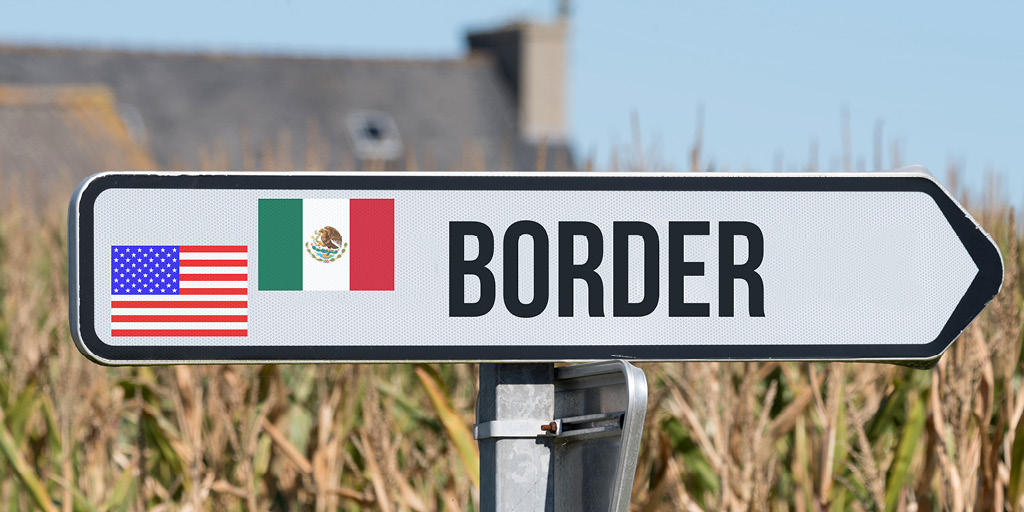Today, most people know that many of the supplies, products, and even raw materials we use daily come from outside the United States. International importing and exporting is a vital part of the global supply chain, and cross border logistics in North America are essential for many industries.
In an April 2022 article from The Dallas Morning News, “Gov. Greg Abbott’s directive last week to step up commercial vehicle safety inspections, which set off reactionary protests by truck drivers, continues to snarl traffic at the border.”
The Supply Chain Impact of Shipping From the U.S. to Mexico
3 Need-to-Know Points About Cross Border Logistics
Consider the following points for a more accessible and more effective approach to monitoring cross border logistics between the U.S. and Mexico. When you manage shipping costs to Mexico from the U.S., if you can ensure transparency and end-to-end visibility in the following areas, you can control costs through improved shipping processes and logistics compliance.
1. Dealing With Ongoing Border Delays
When shipping from the U.S. to Mexico, there is always a need to maintain proper planning based on cross-border logistics insights. In the wake of COVID-19 and continuing driver and freight capacity concerns, cross-border freight shipments often experience delays. These delays could be just a few hours, or they can cause backlogs that take days to unravel. Either way, delays disrupt the end-to-end supply chain flow.
2. Changing Border Customs Regulations
Shippers and cross-border freight managers that focus on the transportation costs between the U.S. and Mexico or Canada must pay careful attention to border regulations. International trade and customs laws governing cross-border shipping are updated often. Failure to comply can lead to significant delays or fines that you might easily avoid with digital document management of bills of lading and documents required for international trade..
3. Overcoming Political and Social Pressures
Cross border logistics, shipping from the U.S. to Mexico, and importing from Mexico into the states cannot be avoided. Both nations rely on supplies and goods that are imported and exported. Despite this, cross-border transportation is constantly under political and government scrutiny. Shippers and forwarders often get caught in these social and political debates.
Calculate your potential Saving While Using an enterprise TMS
Customized Insights and Guidance Make it Easier to Manage Cross Border Freight Costs and Service
Like all supply chain lines, shipping from the U.S. to Mexico is heavily influenced by political, social, consumer, and logistics factors. Any freight transportation company offering cross-border logistics must understand the impact of seemingly small changes and disruptions.
Backlogs and delays, rising costs, and ongoing driver and capacity shortages can ruin any supply chain strategies that include cross-border transportation with Mexico. By partnering with industry experts, you can more easily manage supply lines and cross border freight costs. Contact MercuryGate today to get started.


